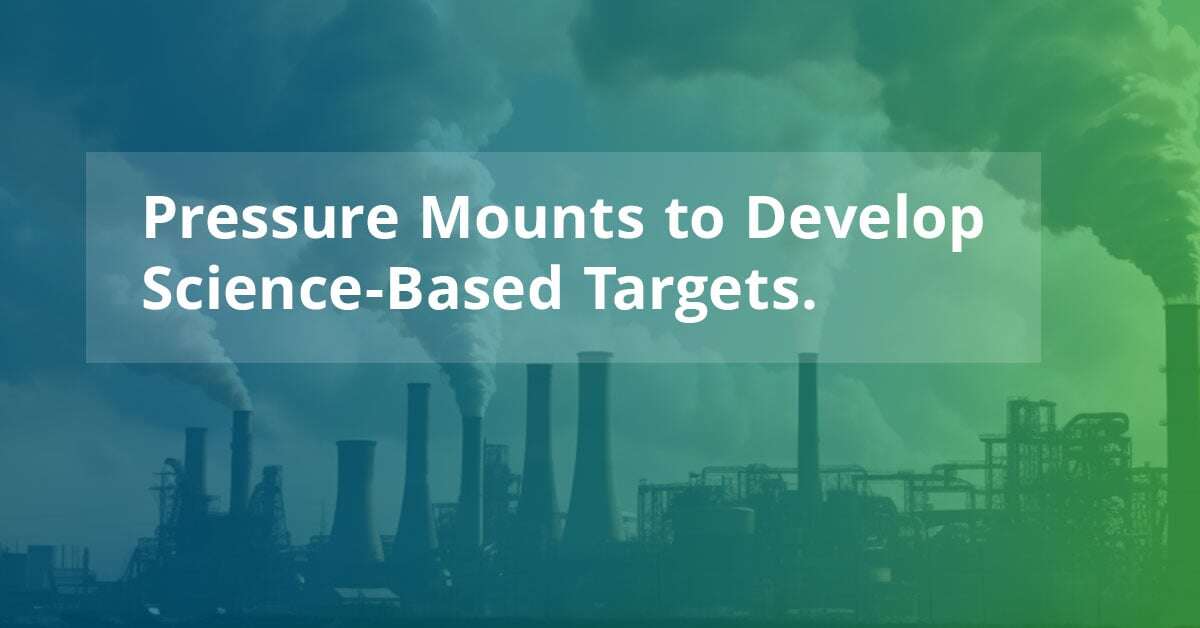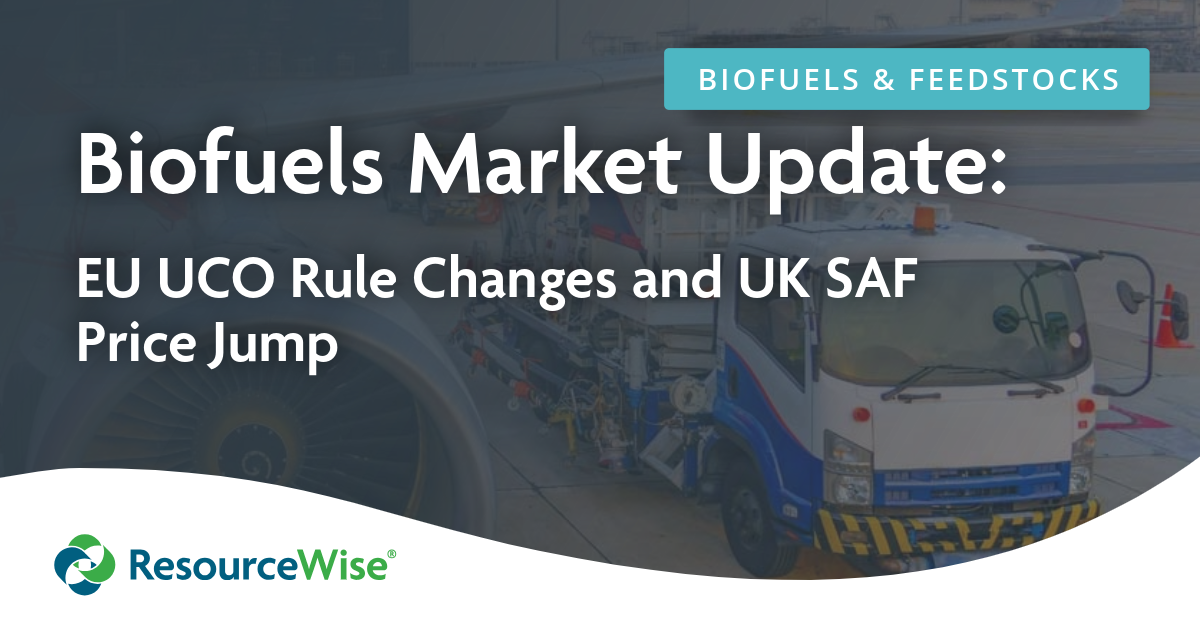3 min read
Carbon Disclosure Project Campaign Sets Sights on High CO2 Emitters
ResourceWise
:
Nov 9, 2023 12:00:00 AM

Recently, the Carbon Disclosure Project (CDP) announced a huge breakthrough in the race to stop global temperature increases. A partnership with companies across the world aims to mount pressure to decrease carbon emissions. Using Science-Based Targets (SBTs), the campaign aims to follow the latest data in rapidly pursuing the pivotal -1.5°C temperature objective.
About the CDP
The Carbon Disclosure Project is a nonprofit global charity focused on, unsurprisingly, disclosure. They provide systems for global firms, city governments, and others to detail their emissions. This can help these firms and organizations to better manage the environmental impacts and plan to scale for future carbon reductions.
The CDP pushes both accountability and transparency when it comes to emissions and environmental effects.
The group's primary aim is an existential one—urgently and rapidly working toward stopping the irreversible effects of climate change. The Intergovernmental Panel on Climate Change has issued a grim “final warning” on exceeding the tipping point of 1.5°C. By understanding the impact that companies, investors, governments, and other agents make, we can better identify where and how to prevent the world from stepping over this point.
How the CDP Campaign Works
According to the CDP’s announcement post, 367 multinational companies and financial institutions have come together to move the dial toward decarbonization. Their focus: shining the spotlight on 2100 companies designated as "high emitters" in terms of overall CO2 output.
The list of companies is immense. Some of the major players include the following:
- Dow Chemical
- General Electric
- JD.com
- Eskom
- Nippon Steel
- FedEX
What is the Science-Based Targets Initiative?
The CDP’s yearly campaign follows the principles and standards set by the Science-Based Targets (SBT) initiative.
SBT focuses on aggressive climate change shifts in operations for privately held companies and organizations. Through research-driven, evidence-based data and analysis, their approach sets a standard relative to slowing temperature rise and mitigating harmful climate effects.
SBT provides tangible guidelines for organizations to reduce CO2 emissions in line with preventing a worst-case climate outcome. These objectives are achieved through several methods:
- Delineate and promote emission reduction best practices that align with the latest climate science standards.
- Mobilize companies to actively and urgently pursue net-zero, renewable energy usage.
- Assist companies who cooperate with support, resources, and technical advising.
- Independently assess company progress to confirm plans remain on track to achieve carbon reduction goals.
CDP and SBT Come Together to Achieve More

This year's CDP campaign already enjoys support from a combined total of 60 multinational corporations and an impressive 307 global financial institutions. Together, they carry approximately $33 trillion in total assets.
The spending power alone of these supporting companies enables a high amount of leverage. Through this leverage, the CDP can continue pushing into its list of more than 2100 companies with a higher degree of emissions.
Collectively, the targeted companies in this year's campaign output 8.3 gigatons of CO2 emissions. This amount is equal to the total combined outputs of Japan, the US, and the UK. A serious amount, to be sure, which is why accountability is so imperative.
By joining the CDP initiative, organizations report their emissions regularly in a clear, standardized procedure. Through a concerted effort like this one, companies can become much more open and transparent about such emissions. That way, they can better understand how to move toward reducing (and eventually eliminating) them.
CDP Leverages Influence to Aggressively Pursue Climate Goals
Since the CDP launched the campaign in 2020, the total number of partnered financial institutions has jumped by nearly double. And since last year, the total amount of multinational companies has also increased by over 30%
Needless to say, the combined monetary and professional influence this group can have in service to the carbon transition is staggering. When moving toward a critical goal such as reducing emissions to prevent the 1.5°C threshold, this level of support is essential.
The CDP will utilize its $33 trillion of collective bargaining to focus on the aforementioned high emitters. But what will that look like for the companies that join forces?
Companies that opt to adopt SBT standards must focus on rapid and reality-based strategies for decarbonization. Following the SBT provisions, these standards will fall in line with the standards outlined in the Paris Climate Agreement.
Longer-term objectives typically focus on the 2050 target for nearly complete decarbonization. Similarly, they must also offset residual emissions with active processes like carbon capture and storage.
What the strategy looks like will inevitably vary based on the company, scope of output, materials, and multiple other factors. Using the evidence-backed SBT, the CDP support can help make the transition a reality much more efficiently for these firms.
Related: How Can You Get Started on Decarbonizing Your Business?
Accomplishing CO2 Goals with the Carbon Mitigator Report from ResourceWise
Initiatives such as the CDP’s push to achieve swift, sweeping changes are not the exception to the norm any longer. They are quickly becoming the standard all companies need to follow in the post-fossil fuel energy world. This is why getting the information you need to make the right decision is paramount.
ResourceWise’s Carbon Mitigator Report tracks the latest developments in global sustainability and emissions reduction regulations. The data reports current fuels all aimed toward achieving net-zero and beyond.
The report follows existing and future low-carbon fuel technologies and pathways. These insights can help you better understand your best path toward successful decarbonization.
The Carbon Mitigator report is only available in Prima CarbonZero, a biofuel and sustainable feedstock pricing and analytics platform.
Learn more about how Prima CarbonZero can help your business with the carbon transition.




